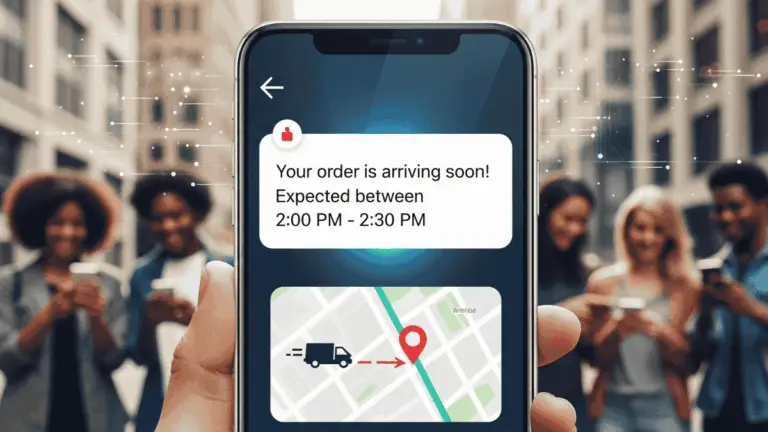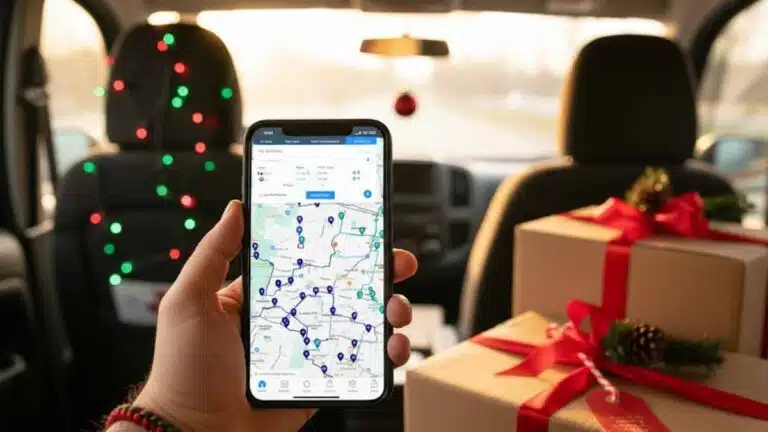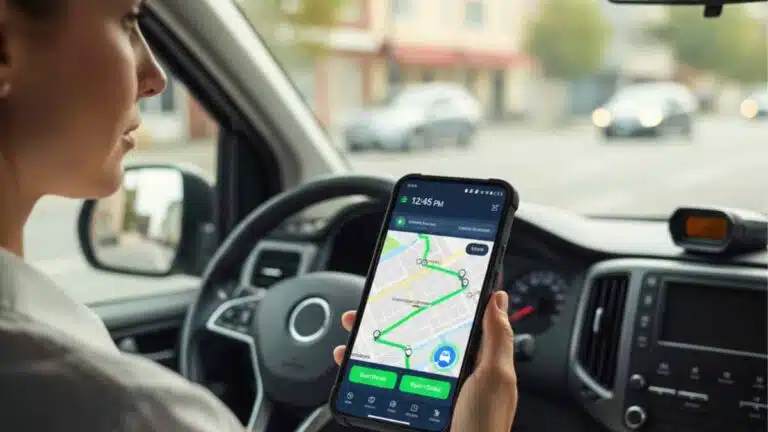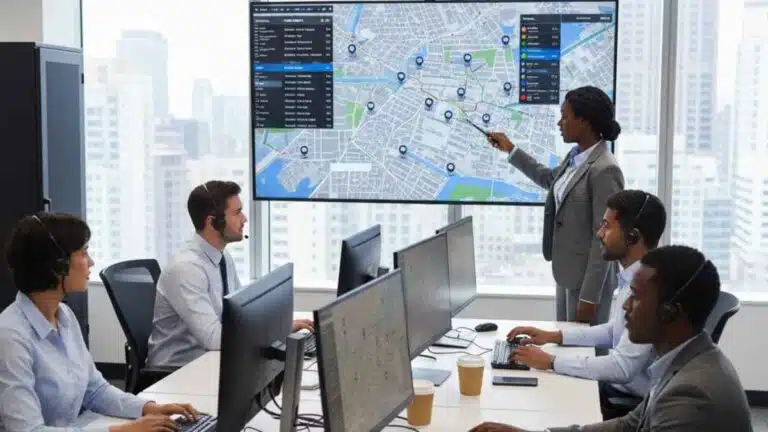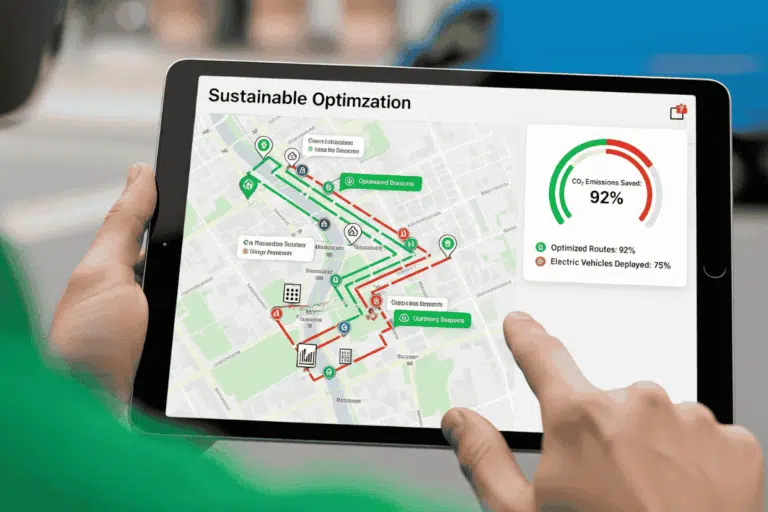Real time tracking in retail ensures shelves are always stocked, deliveries are optimized, and customers know exactly to the minute when their orders will arrive.
Last-mile delivery is complex, but having real-time tracking can keep customers, dispatchers, and managers up to speed with accurate information.
Estimated time of arrival (ETAs) is crucial in building trust and reputation. Customers want to know when they can expect their orders, and dispatchers want to feed accurate information to delivery drivers.
In a competitive market, real-time tracking empowers retailers to streamline processes, respond quickly to customer needs, and create a seamless shopping experience, both online and offline.
If you are in the retail business, real time tracking is what makes your business unique and successful in the marketplace.
Here are five real time tracking trends to watch in 2025.
1. Personalized Customer Experience
Real time tracking adds value far beyond informing your audience about where their orders are.
It helps retailers provide personalized experiences, which is something customers are longing for.
Investing in customers’ loyalty will pay off. In 2024, 54% of chief marketing officers increased their loyalty and retention budgets, according to PwC.
According to a retail study, people are 40% more likely to spend more than they planned when the shopping experience is highly personalized. Real-time tracking helps retailers to provide this personalized experience.
How? By monitoring shopping behavior and preferences. It’s all based on past shopping data that keeps track of what customers like and don’t like.
Apps like Sephora’s use real-time tracking to notify customers about nearby in-store inventory or exclusive offers.
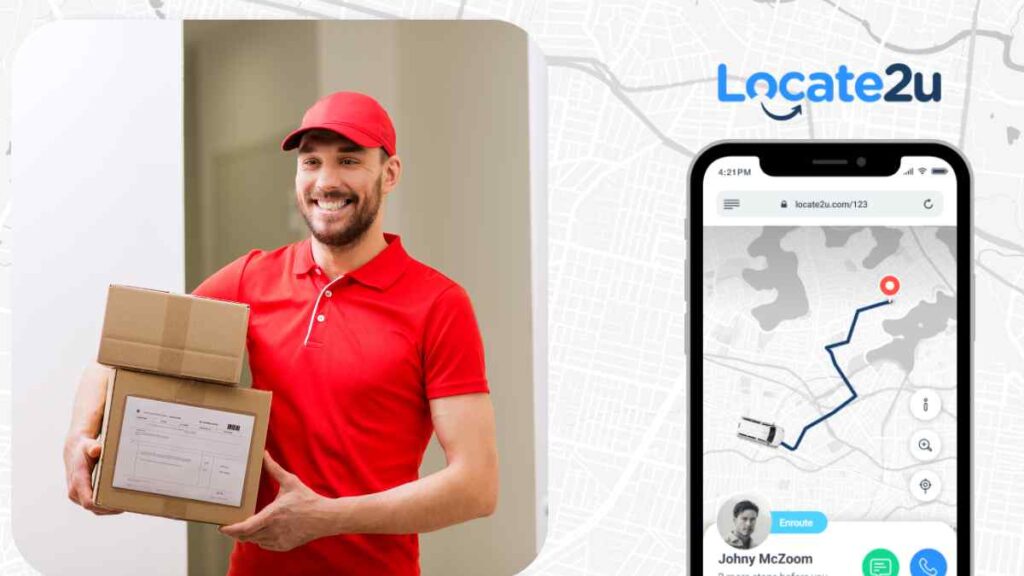
2. Inventory Management and Stock Replenishment
Something that is not often mentioned is how retailers use real-time tracking to monitor inventory levels. This ensures that products are always in stock.
Walmart uses sensors for real-time inventory tracking to ensure the shelves almost never run out of stock.
Live tracking helps to ensure stock arrives according to schedules to ensure enough time to lapse for customers to buy items and make space before the next order arrives.
3. Last-Mile Delivery Efficiency with Delivery Tracking
You don’t want to agitate a loyal customer by making him wait for a parcel that was scheduled to arrive during a certain time.
The customer made arrangements to slip away from work and go home during lunch break. However, after waiting more than 45 minutes, the frustrated customer returns to the office without the parcel.
This can easily be avoided with ETAs or allowing the customer to choose a delivery window.
Locate2’s real-time tracking allows customers to see the exact location of their package and receive notifications upon delivery. This makes it easier to prepare for any unforeseen changes in the delivery process.
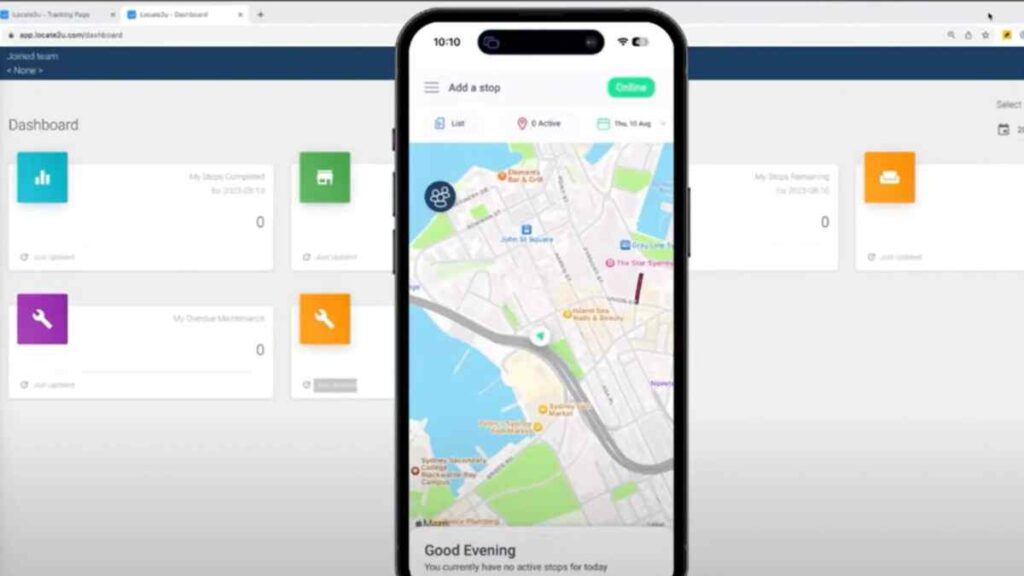
4. Store and Staff Optimization
Real time tracking can also be used to analyze store activity, ensuring there is enough staff available during peak hours.
Zara uses real-time tracking to optimize and monitor foot traffic. This is especially helpful during peak hours when the number of customers is unpredictable.
Tracking in this form can help retailers with operational efficiency and customer service.
5. Theft and Loss Prevention
Keeping track of expensive stock in-store or while out for delivery is easier when you have real-time tracking.
A hard GPS device serves as a tracker that can accompany expensive equipment or objects to their destination.
This is especially used for electronics or phones which have a high value. These GPS-enabled security tags give the customer and business peace of mind.
More than half (60%) of Americans are concerned about porch piracy. The respondents of the Harris Poll survey say 63% would be more likely to place online orders if more secure delivery options were available.
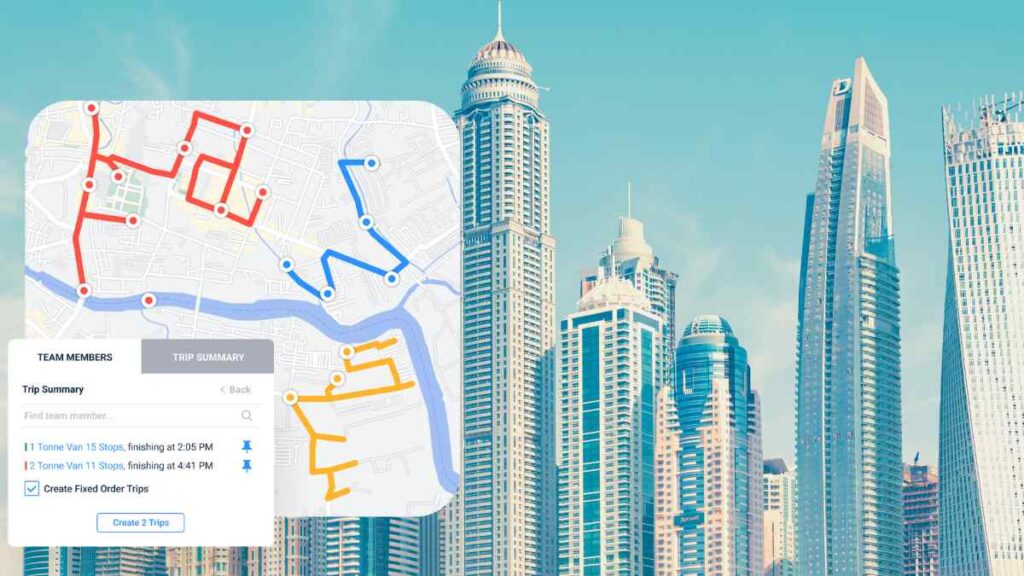
Conclusion: Real Time Tracking in Retail
Real time GPS tracking helps your business to stay competitive in retail.
Retailers can minimize losses, improve delivery accuracy, and build customer trust by keeping them informed every step of the way.
About the author
Mia is a multi-award-winning journalist. She has more than 14 years of experience in mainstream media. She's covered many historic moments that happened in Africa and internationally. She has a strong focus on human interest stories, to bring her readers and viewers closer to the topics at hand.


